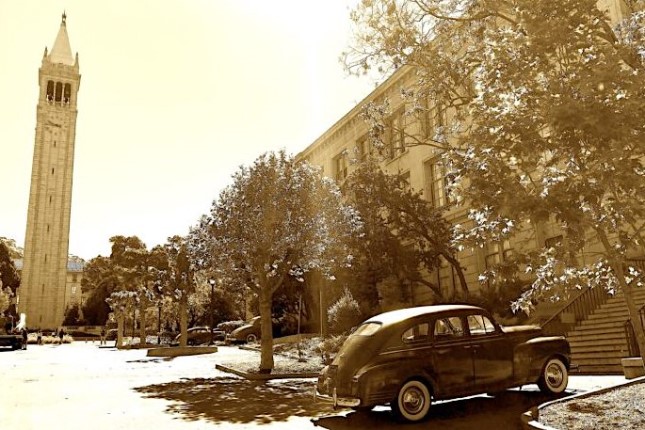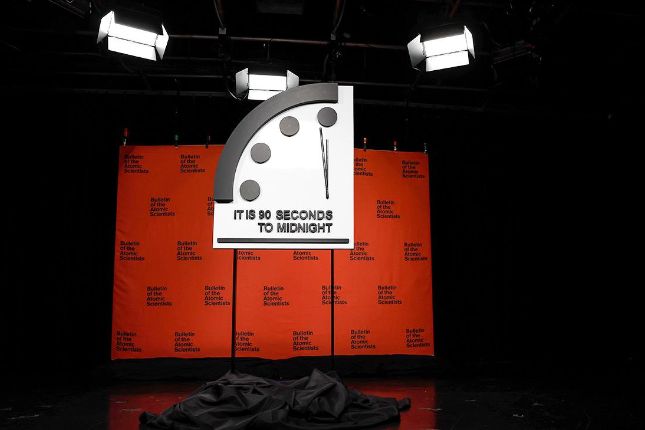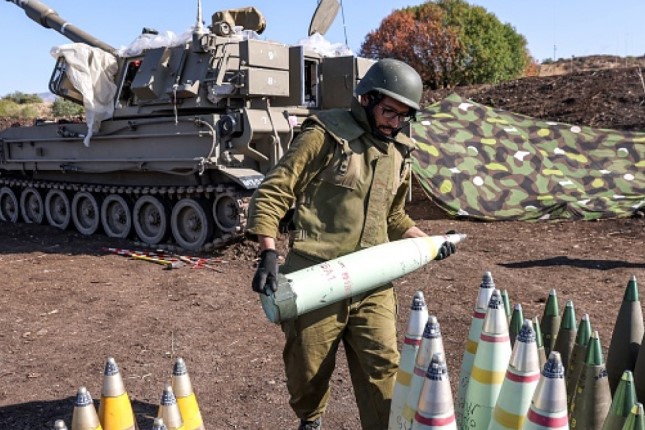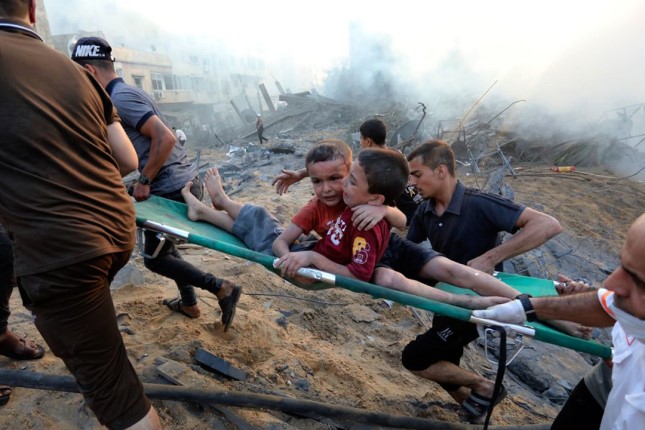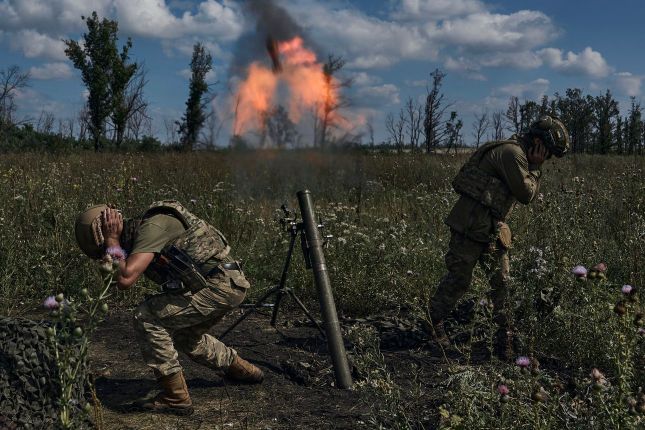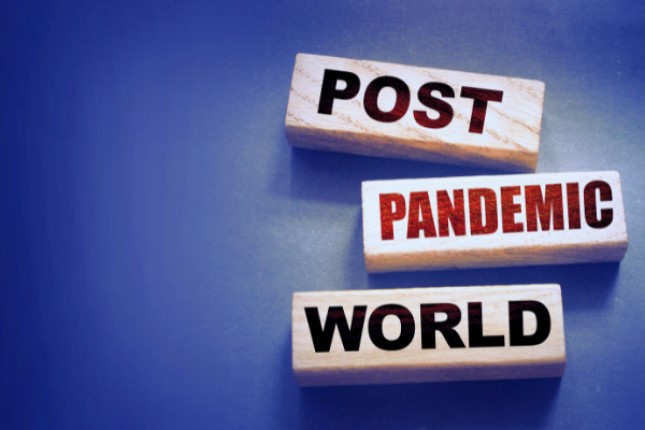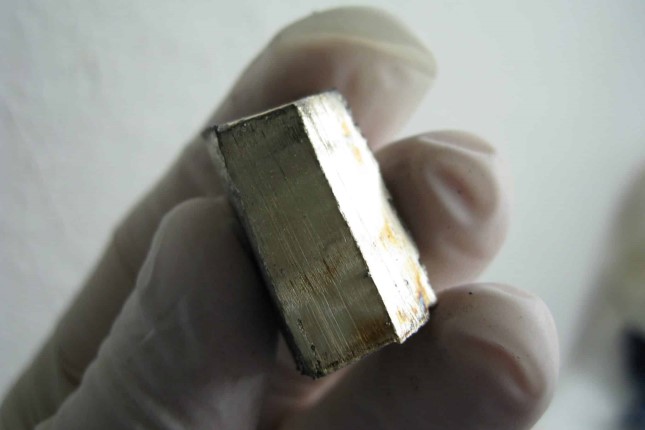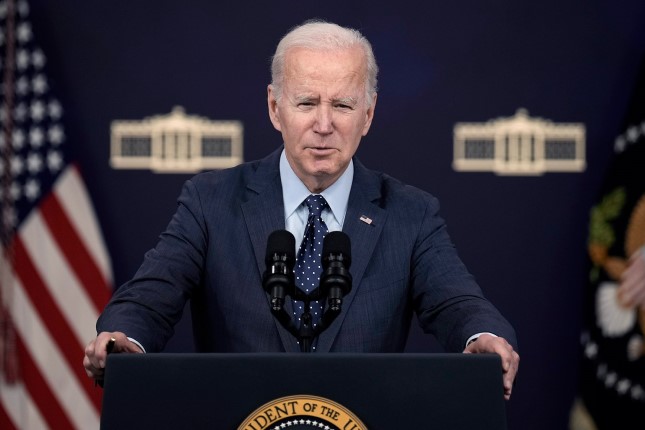Cal Berkeley was created in the 1860s-1870 and for its first 50 years was the only full-scale campus of the University of California that today includes 10 sites. Contrary to its public reputation, the campus where I first became an anti-war activist in the 1960s has always been one of academia’s premier beneficiaries of militarism — from the genocide of California Tribes and invasion of Mexico in the 19th century, to its contemporary role in co-managing three of the country’s leading nuclear weapons research facilities.
It is not surprising, then, that the University of California, Berkeley — known locally as “Cal” and worldwide as “Berkeley” – welcomed Oppenheimer’s director Christopher Nolan and a large film crew to the campus in June 2022. “A major Hollywood studio sent UC Berkeley back to the 1940s,” reported the office of public affairs. “Dozens of vehicles trucked in extras and set dressing, including an incredible amount of potted plants and trees to cover up modern additions like bike racks and disabled parking signs.”
While the movie and subsequent publicity focuses primarily on the individual actions and angst of a Great But Troubled Man, too little attention has been paid to how a leading public university participated in creating a weapon of mass destruction that changed the means of warfare forever.
When the film was released, a display case in the physics building showcased an ad for the movie. A physics professor eulogized Oppenheimer as a “charismatic leader” who elevated the department into one of the top programs in the world. “Oppenheimer is a very important figure in world history,” added a retired Cal history professor.
There’s a long precedent for this kind of uncritical collaboration with the military.
By the early 20th century, some one thousand student cadets were drilling on the Berkeley campus, organized as a regiment with a marching band that paraded in blackface on special occasions. During World War I, the university turned over grounds, buildings, and equipment to the War Department; required students in the German department to sign a loyalty oath; and contracted with the U.S. Army to train 3,000 cadet pilots.
“One could summon up images of West Point by just looking out on the Berkeley campus,” recalled a professor about his experience teaching at Cal in the late 1930s.
By the time that the United States entered World War II in late 1941, the university had turned over its arsenal of knowledge to the government by providing research, technical support and officer training, as well as living quarters, to army and navy personnel. In 1944, about one quarter of all male students were involved with the navy.
More significantly, the university formally and secretly committed its scientific knowhow to national offense.
Shortly after the attack on Pearl Harbor, the federal government funded physicist Ernest Lawrence’s team to develop a new kind of weapons system. At its peak, Berkeley’s Radiation Laboratory employed 1,250 staff at a cost of about half million dollars per month. In the summer of 1942, a group of scientists, led by J. Robert Oppenheimer who had worked at Berkeley since 1929, met regularly in LeConte Hall (named in honor of professors who had helped to arm the Confederacy and remained lifelong white supremacists) where they prepared the first blueprint of the atomic bomb and discussed the possibility of creating a thermonuclear bomb.
In 1942, the University of California and the US Department of Energy jointly selected a site in New Mexico to locate the Los Alamos National Laboratory where the Manhattan Project designed and developed the perversely named “Little Boy” and “Fat Man” bombs that killed an estimated 200,000 civilians and left devastated survivors with long-term health issues.
What the University of California regarded as fifty-four thousand acres of “mostly uninhabited” land appropriated for the Lab was, according to Tewa Women United, an important place called Tsankawi that was once an Indigenous homeland on the Parajito Plateau. The Manhattan Project prohibited Native Americans from even visiting their burial sites.
Oppenheimer-the-biopic has nothing to say about Cal Berkeley-the-institution that received massive federal funds to do research on the atomic bomb and partnered with the US, government to appropriate ancestral lands in New Mexico. In addition to running the Los Alamos National Laboratory, the University of California also governed a town of several thousand people that housed the families of scientists and staff.
Oppenheimer Represented the University
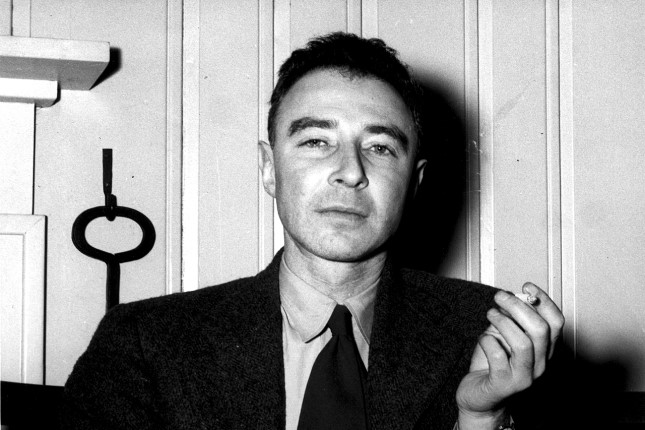
Oppenheimer at the Guest Lodge, Oak Ridge, 1946. Photo: Ed Westcott / DOE / Public domain / Wikimedia Commons.
Robert Oppenheimer represented the university, not just himself, when the Lab participated in dangerous scientific practices, such as the dumping of millions of gallons of radioactive waste into New Mexico’s Puerco River; and withholding from colleagues and the public information about a long history of risk-taking and radiation exposure that killed and injured Los Alamos staff.
Oppenheimer “does not explore in any depth the costs of deciding to test the bomb in a place where my family and many others had lived for generations,” writes Tina Cordova, co-founder of the Tularosa Basin Downwinders Consortium. Her organization has documented “eight decades of loss of life and health that was a consequence of the development and testing of the atomic bomb.”
Robert Oppenheimer represented the university, not just himself, when he helped to select Hiroshima as the best site to demonstrate the bomb’s “effective damage,” knowing that its explosive yield of about 15,000 tons of TNT would kill at least 20,000 civilians if exploded in the air. When asked after the war if he had any regrets, given that he significantly undercounted the number of dead, he replied: “I did my job which was the job I was supposed to do.”
The University of California’s reluctance to reckon with its culpability in the Manhattan Project is replicated in the Berkeley campus’ commemorative culture of selective remembering and planned obliviousness.
It is not only bike racks and parking signage that have been covered up.
A plaque in the physics building recognizes Oppenheimer for creating “the greatest school of theoretical physics the United States has ever known,” but says nothing about the university’s direct role in the vaporization of thousands of women, children, and elderly in Hiroshima and Nagasaki.
Another plaque at the entrance to the university that honors Japanese American faculty and students does not mention the 500 Japanese American students expelled by the University of California in 1942 in compliance with President Roosevelt’s Executive Order 9066.
Similarly, a recent exhibition at Cal Berkeley on “the incarceration of Japanese Americans” during World War II evades the university’s complicity in policies that imprisoned thousands without trial for crimes they did not commit.
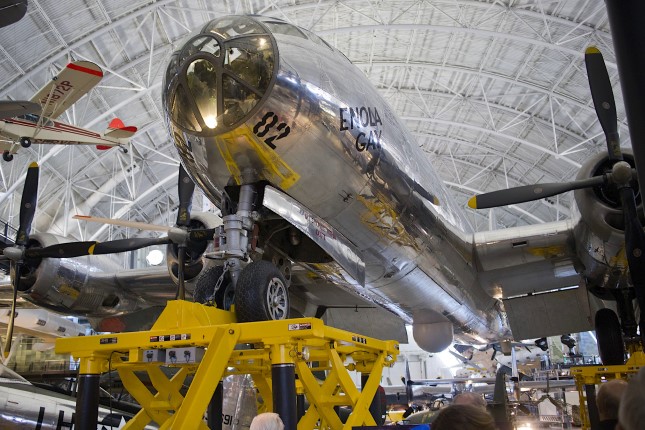
Boeing B-29 Superfortress “Enola Gay,” which dropped the bomb on Hiroshima, on display at the National Air and Space Museum – Smithsonian Institution Udvar-Hazy Center Dulles, Virginia. Photo: C. Watts / Wikimedia Commons.
The University of California has formally administered but not educationally oversighted a public museum in Los Alamos (now known as the Bradbury Science Museum) since 1954 and its magazine (The Atom) since 1964. It provides an imprimatur of academic legitimacy while delegating all curatorial and editorial decisions to a museum that functions as a public relations conduit for the military. “I’ve never heard of U.C. faculty being involved in any Bradbury exhibit development,” the current director of the museum told me.
Cal Berkeley had a rare opportunity to be involved, albeit indirectly, in creating a national discussion about the decision to experiment with atomic weapons in Japan when Michael Heyman, a former Berkeley law professor (1959-74) and chancellor (1980-1990) was appointed the secretary (namely, chief executive) of the Smithsonian National Museum.
Heyman initially supported an exhibition at the National Air and Space Museum that would at least complicate the prevailing jingoistic narrative. The initial script included both the fuselage of the Enola Gay and a lunch box filled with carbonized rice and peas — all that parents could find remaining of their daughter. Under political pressure, Heyman cancelled the exhibition and replaced it with a celebration of the plane that dropped the bomb.
A university that promotes itself as a bastion of free speech and incubator of social justice has become too accustomed to treating its own origins as a Hollywood script and sidestepping controversial issues that might interfere with an inspirational narrative of the past.
Institutional silence is habit-forming.
If Cal Berkeley is seriously committed, as its brand proclaims, to becoming “one of world’s great public universities, asking questions and improving the world,” it needs to put its “brightest minds” to work on illuminating its own history.
Main photo: Period cars at Berkeley campus in 2022 for filming of Oppenheimer © Heartk / Wikipedia Commons / CC0.
Source: Consortium News.
